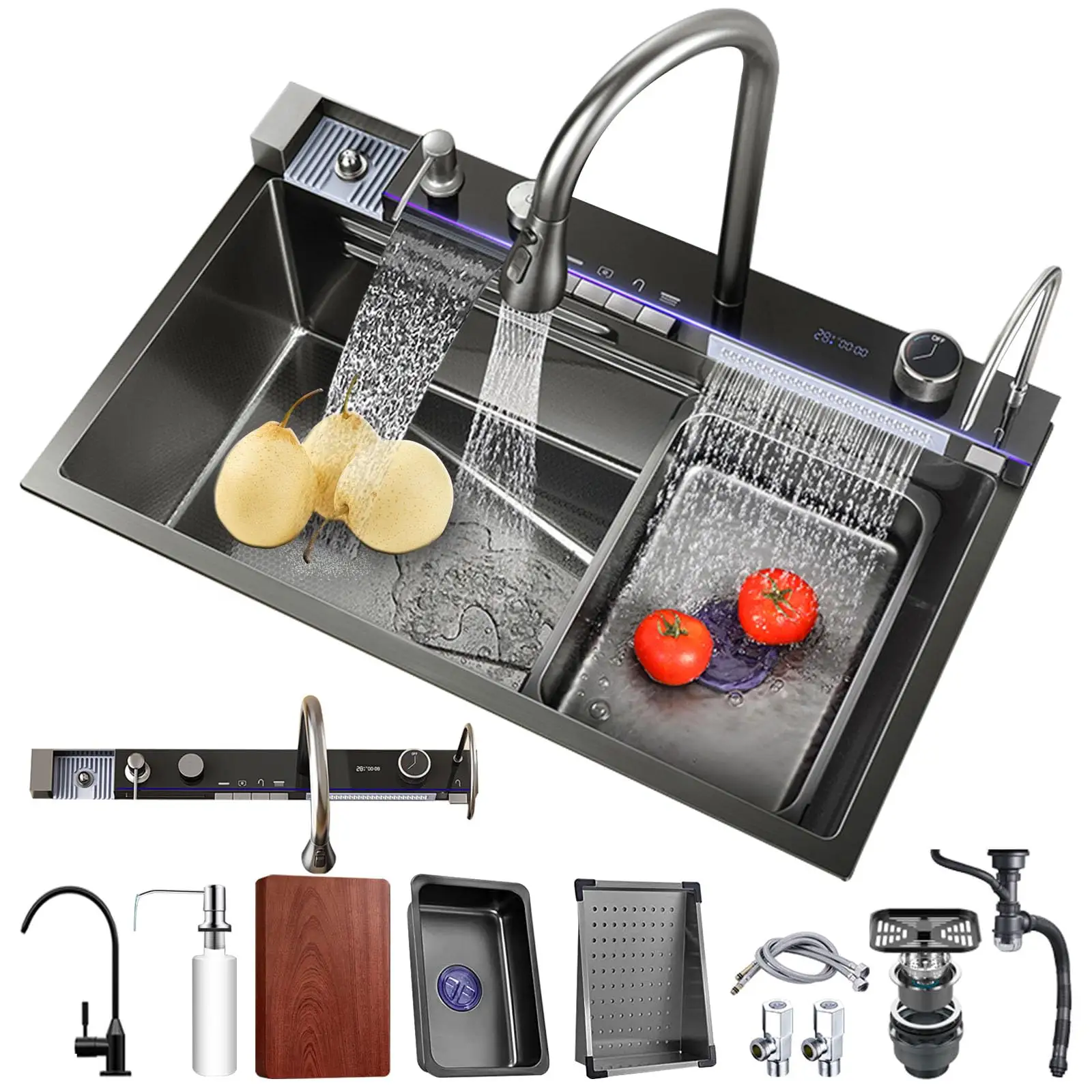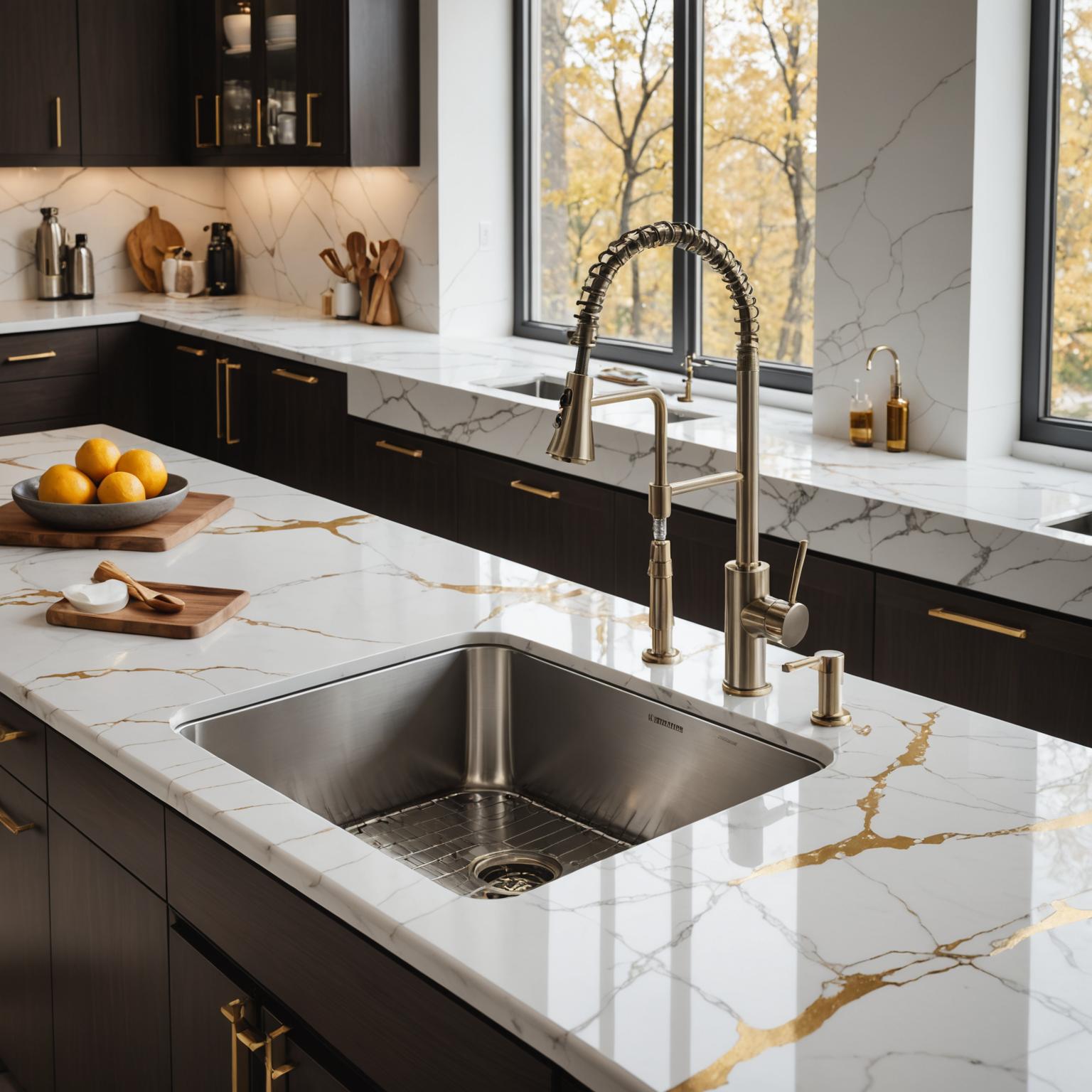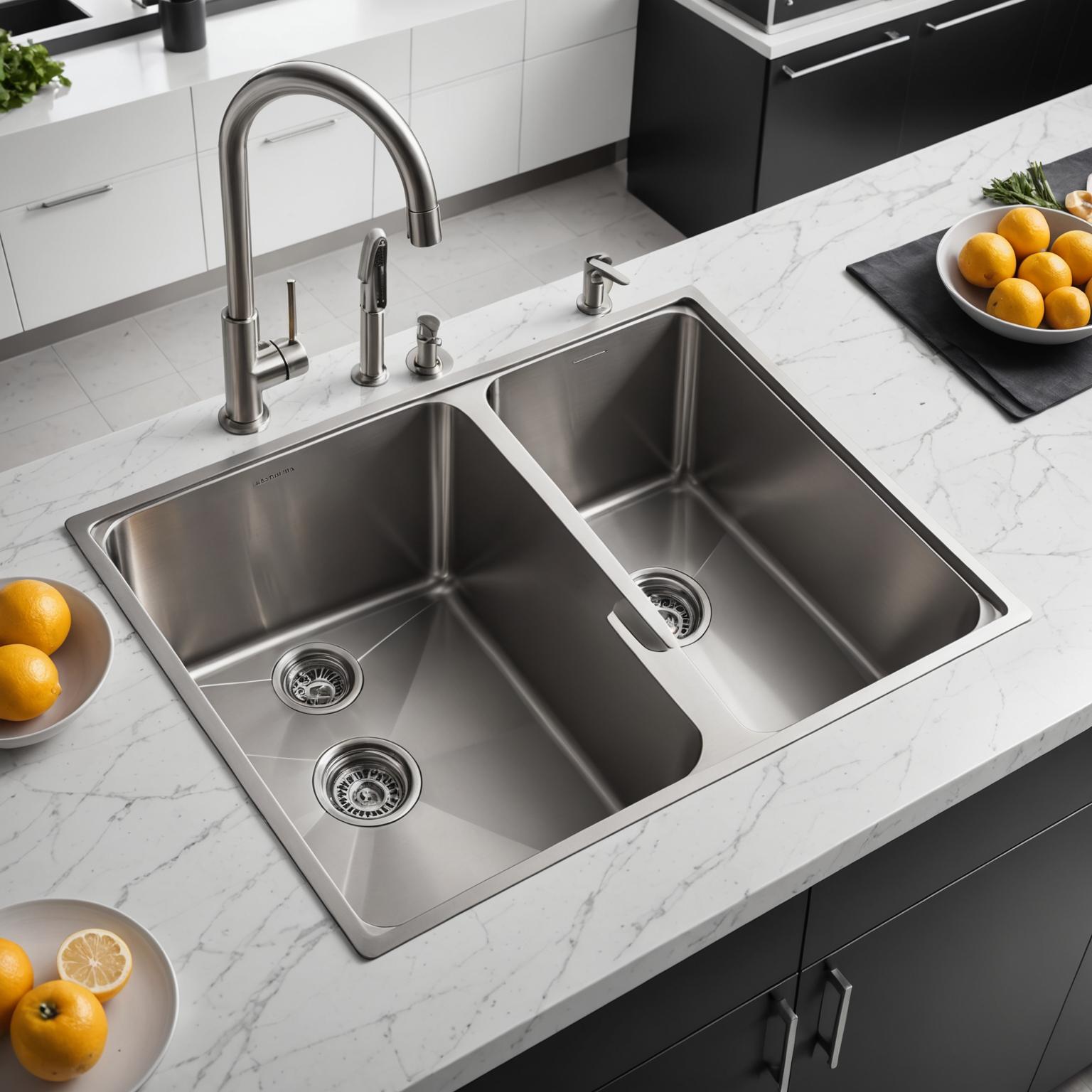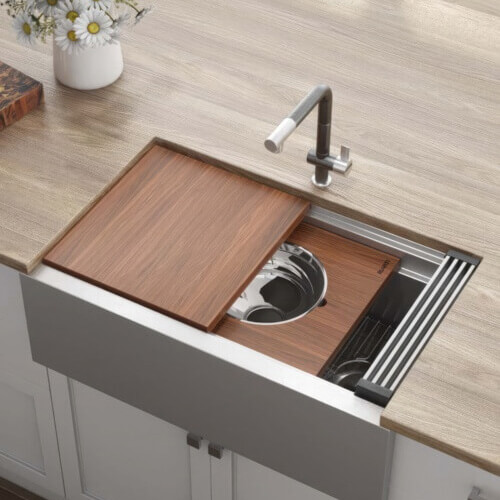When renovating or designing a kitchen, the sink is often one of the most crucial yet overlooked elements. It is the workhorse of the kitchen, used for everything from food preparation to cleanup. While there are many styles and materials to choose from, a fundamental decision lies between a standard machine-pressed sink and a premium handmade kitchen sink. Understanding the distinct differences in their construction, durability, and aesthetics is key to selecting a fixture that not only meets your functional needs but also elevates the entire look and feel of your culinary space.
The Distinctive Qualities of a Handmade Sink
A handmade sink represents the pinnacle of craftsmanship and quality in kitchen fixtures. Unlike their mass-produced counterparts, these sinks are typically constructed from a single, heavy-duty sheet of high-grade stainless steel, often in a thicker 16 or 18 gauge. Artisans carefully cut, bend, and weld the steel to create sharp, precise lines and tight-radius corners, resulting in a distinct, modern, and architectural aesthetic. This meticulous process allows for greater design flexibility, including the creation of integrated drainboards and custom basin configurations. Furthermore, the thicker steel provides superior sound dampening, reducing the noise from clattering dishes and running water, and offers enhanced resistance to dents and scratches, ensuring longevity and a lasting pristine appearance.
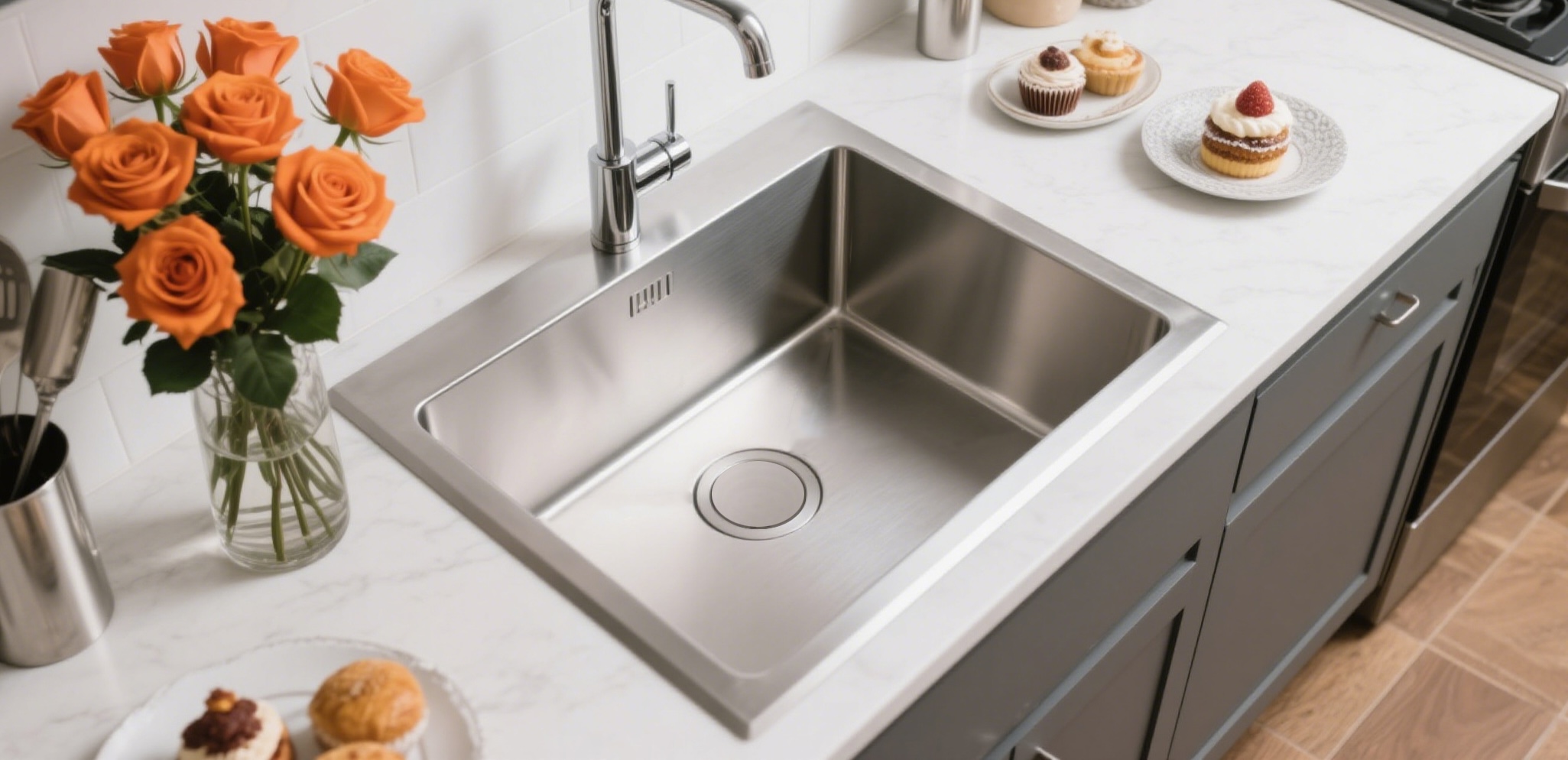
Understanding the Standard Pressed Sink
In contrast, a pressed or drawn sink is manufactured through an automated process where a single, thinner sheet of stainless steel (often 20 or 22 gauge) is stretched over a die using a hydraulic press. This method is highly efficient and cost-effective, making pressed sinks a widely available and budget-friendly option. However, the stretching process thins the metal, particularly at the corners, making them more susceptible to denting and creating more noise. A key visual identifier of a pressed sink is its large, rounded corners, a necessary result of the stamping process. While these rounded corners can make cleaning slightly easier for some, they lack the crisp, contemporary edge that defines handmade models.
Comparing Form, Function, and Durability
Placing a handmade and a pressed sink side-by-side reveals clear distinctions. The aesthetic is the most immediate difference: a handmade kitchen sink offers a sleek, sophisticated look with its sharp corners and flat bottom, perfect for contemporary homes, while a pressed sink has a softer, more traditional appearance. Functionally, handmade sinks often feature superior drainage due to precisely engineered channel grooves that guide water directly to the drain. In terms of durability, the thicker gauge steel of a handmade sink makes it the clear winner; it stands up better to heavy use and is less likely to bow or flex under the weight of heavy pots. The investment in a handmade model pays off in long-term performance and resilience, whereas a pressed sink may be a more economical choice for a lower-traffic kitchen or a tighter budget.
Which Sink is the Right Investment for You?
Ultimately, the choice between a handmade and a pressed sink depends on your priorities, budget, and design vision. A pressed sink is a perfectly functional and economical solution that serves its purpose well in many households. However, for those who view the kitchen as the heart of the home and desire a sink that is both a durable workhorse and a design statement, the handmade kitchen sink is an unparalleled investment. It offers a sophisticated blend of practicality and high-end design, promising to make daily kitchen duties a pleasure while adding significant long-term value and style to your home. Its robust construction and elegant form make it a centerpiece that truly completes a modern kitchen.


